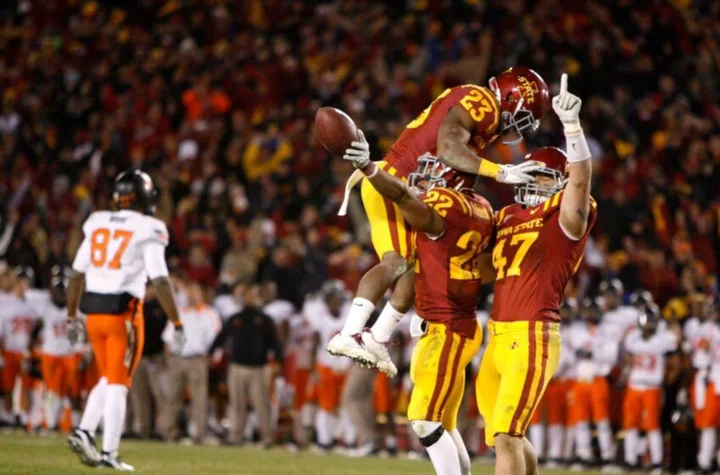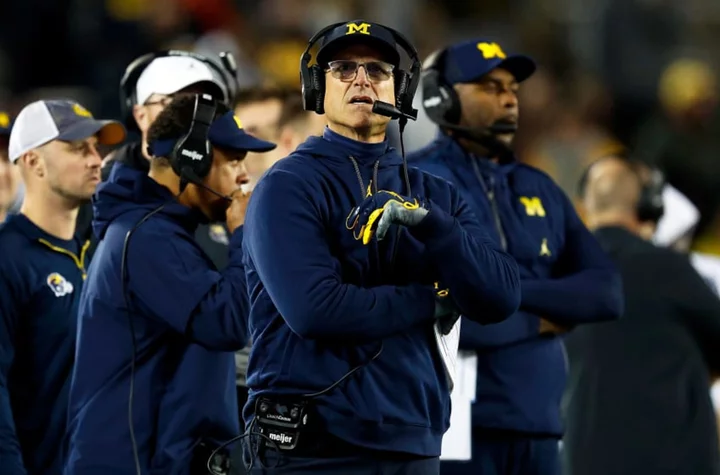College football overtime rules make for a thrilling end to any game that extends beyond regulation. Here's all you need to know to follow along.
Here's the thing, college football overtime rules are the best in sports. They're better than penalty kicks. They're better than NBA overtime. And they're certainly better than whatever the NFL has tried on the overtime front.
The chess match that is a college football overtime can't be beat. It's true to the game. It's competitive. It's thrilling.
Whether you're new to college football and want to better understand or just need a refresher for a new season, we've got you covered.
College football overtime rules for 2023: How overtime works.
Overtime rules for 2023 have remained the same from the changes that were implemented in 2021.
Here's how it works if the game is tied at the end of regulation and it heads to overtime:
- Captains perform a coin toss to determine which side will play offense or defense first and which end of the field will be used. The team that wins the coin toss can either decide to begin on offense or defense or they can decide which end of the field to use. The team that loses the coin toss gets to decide whichever element the other side did not.
- Ex. Team A wins the coin toss and decides to start on defense. Team B, which will start on offense, then decides which end of the field to use.
- Each overtime period includes an offensive possession for both teams and a defensive possession for both teams.
- Ex. Team A is on defense while Team B is on offense. After Team B completes their possession, Team A will have a possession on offense and Team B will be on defense.
- Each team gets one time out for every overtime period.
- The offense begins the series at the opposing 25-yard line. Their possession can end in a score, a turnover or a turnover on downs.
- The game is won by whichever team has the most points at the end of the overtime period. If the game is still tied at the end of a period (i.e. both teams have had an offensive and defensive series), then the game continues to another overtime period.
- In the event of a second overtime period, any team that scores a touchdown is required to attempt a two-point conversion rather than a point-after kick.
- This rule change was instituted in 2021 in hopes of speeding up games. Requiring teams to go for two decreases the likelihood of a tie at the end of the period. Previously, teams were not required to attempt a two-point conversion after a touchdown until the third overtime period.
- In the event of a third overtime period, the teams will alternate running two-point attempts until a winner is determined.
- This rule change was instituted in 2021 again with the hopes of speeding up games. Previously, there would be conventional overtime periods until the game reached a fifth overtime period of two-point attempts.
So there you have it. Those are college football overtime rules. Now enjoy the chaos!









